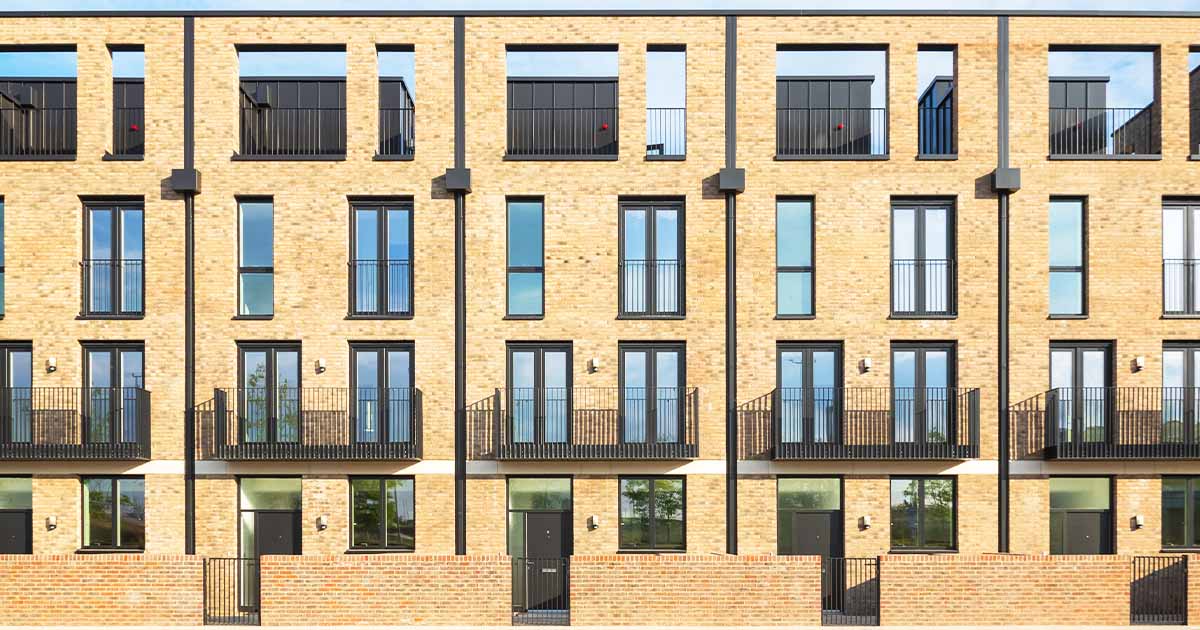PBSA and the Building Safety Act

The Building Safety Act 2022 (BSA) is going to have a significant impact for all stakeholders involved in the design, construction and operation of purpose built student accommodation (PBSA). It introduces a new regulatory regime imposing additional duties on owners and developers in relation to the design, construction and operation of higher-risk buildings.
There are some nuances but broadly, a higher-risk building is one which is at least 18 metres high (or has at least seven storeys) and contains at least two residential units. Student accommodation which meets these thresholds will be caught by the new regime.
Key issues
The industry is still getting to grips with the full scale of the impact the BSA is likely to have on PBSA developments, but a number of practical considerations have already come to the fore. Not least, developers will need to establish who, between the developer and the building contractor in particular, will bear the increased risk of project delays brought on by the Building Safety Regulator (BSR), the new building control authority established to oversee compliance with the new regime for the design, construction and operation of higher-risk buildings, whose sign-off must now be sought and provided before (a) commencement of construction work and (b) completion and occupation of any development comprising a higher-risk building. This will be of particular concern to PBSA developers, for whom there can be very little room for programme slippage, given the importance of completing a project in sufficient time to enable students to move in before the start of an academic year.
For PBSA developments within the scope of the BSA, developers must apply to the BSR for approvals at various stages of the project. Gateway One (planning), requires all planning applications to be accompanied by a fire statement, setting out relevant fire safety measures for the development.
Gateways Two and Three (in force since 1 October 2023) will be stop/go points before construction (Gateway Two) and occupation (Gateway Three).
At Gateway Two, building control approval must be obtained from the BSR before building work starts. The BSR has up to 12 weeks (or eight weeks in the case of works to an existing higher-risk building) to issue its approval. Gateway Two applications will require an outcome-focused approach; developers will need to demonstrate how, during construction, they will be able to evidence compliance with the requirements of the BSA, and how the completed building will satisfy all applicable functional requirements. Developers should also be aware that the detailed design of the works is likely to need to be sufficiently developed to satisfy these Gateway Two requirements. This could mean extended periods of early contractor engagement before building contracts are formalised. This could, in turn, delay developers from “locking in” contractors with respect to price and programme, with obvious consequences for time and cost, in a market where material costs and labour supply remain unstable. Developers are already considering what bespoke arrangements, such as “notice to proceed” mechanisms under building contracts, could be introduced to mitigate some of this additional development risk.
At Gateway Three developers must submit an application to the BSR for a completion certificate to be issued. A completion certificate must have been issued by the BSR before a higher-risk building can be registered for occupation. The completion certificate is different from the practical completion certificate issued under the building contract, and consideration will need to be given when drafting and negotiating building contracts as to how these two procedures will interface.
The BSR will have up to eight weeks from application to issue its completion certificate and there are obvious concerns around the capacity of a newly-established body to meet demand. It’s not difficult to envisage how delays at the BSR’s end could delay handover and occupation of a PBSA building before the beginning of an academic year, where practical completion would otherwise have been achieved. It is probably inevitable that construction programmes for PBSA developments of higher risk buildings will now factor in additional time for BSR approval at Gateway Two and Gateway Three respectively. Quite how much additional time will be allowed for will depend on the level of development risk the contractor is prepared to assume (and price in), and the employer is prepared to pay for. Questions will also be raised over who bears the risk of project delays where the BSR takes longer than its allotted period to give approval at Gateway Two or issue a completion certificate at Gateway Three, particularly in circumstances where the building contractor is not at fault.
The market is yet to converge on a position. The new suite of JCT contracts, anticipated in 2024, may establish a direction of travel, although given the need for PBSA developers to consider these issues now, the direction may well have already been set by then.
Other articles in this series:
- Looking at the student accommodation sector
- Planning consideration for student accommodation
- HMO licenses, student accommodation and the hidden conditions
- The Renters (Reform) Bill
- Rent control
- VAT considerations

PBSA and the
Building Safety Act
The Building Safety Act 2022 (BSA) is going to have a significant impact for all stakeholders involved in the design, construction and operation of purpose built student accommodation (PBSA).
Download our PDF factsheet


